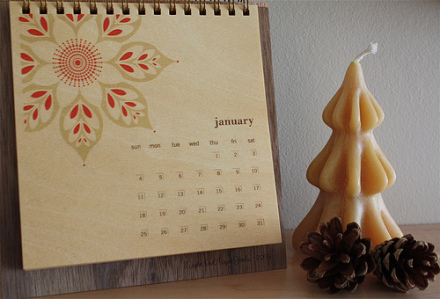
Along with knitting, my other 2009 creative challenge -- thanks to inspiration from some old & new blogging friends and a New Year's resolution someone else made on my behalf -- is to try new-to-me recipes, including ones with seasonal foods near the bottom of my preferences list. Like parsnips. Which I'm still working on. With Sophie's help. However, I've finally conquered my indifference to barley, thanks to this recipe I found in an old Canadian Living cookbook.
Bean & Barley Salad
(File under: all-season, pantry-based, make-ahead, potluck-friendly, quick-and-easy, economical, vegan, high-fibre)
Any combination of legumes works well for taste and presentation. In the version I made this weekend, I used butter beans instead of chick-peas.
1/2 cup (125 mL) pearl barley
1 can (19 oz/540 mL) chick peas
1 can (19 oz/540 mL) red kidney beans
1 can (19 oz/540 mL) white kidney beans
1/4 cup (50 mL) chopped green onions
1/4 cup (50 mL) chopped fresh coriander or parsley
2 jalapeno peppers, chopped
Dressing:
1/3 cup (75 mL) red wine vinegar
1 clove garlic, minced
1 tsp (5 mL) salt
1/2 tsp (2 mL) pepper
1/2 tsp (2 mL) ground cumin
1/2 cup (125 mL) extra virgin olive oil
1) In saucepan of 12 cups (3 L) boiling water, cook barley over medium-high heat for 35 to 40 minutes or until tender but firm; drain and rinse under cold water. Drain again and place in a serving bowl.
2) Drain and rinse chick peas, and red and white kidney beans; drain well and add to bowl. Add onions, coriander (or parsley) and jalapeno peppers.
3) Dressing: In small bowl, combine vinegar, garlic, salt, pepper and cumin; gradually whisk in oil. Toss gently with bean mixture.
Salad can be covered and refrigerated for up to one day. Serve at room temperature.
Makes 8 servings.
Nutritional Analysis (using RecipeAnalyzer):
| Calories (kcal) |
380.2 |
Folate (μg) |
111.4 |
| Fat (g) |
16.3 |
Vitamin B6 (mg) |
0.5 |
| Protein (g) |
12.6 |
Vitamin B12 (μg) |
0 |
| Carbohydrate (g) |
47.5
|
Calcium (mg) |
87.4 |
| Sugar (g) |
2.9 |
Iron (mg) |
3.6 |
| Fibre (g) |
13.2 |
Sodium (mg) |
934.2 |
| Vitamin A (μg) |
29.7 |
Potassium (mg) |
547.2 |
| Vitamin C (mg) |
13.1 |
| Vitamin D (μg) |
0 |
| Vitamin E (mg) |
2.2 |
| Thiamin (mg) |
0.2 |
| Riboflavin (mg) |
0.1 |
| Niacin (ne) |
3.9 |
|
|
-------------------------------------------------------------------------------------------------------------------------
I'm going to end the recipe section of the post here. Part 2, to be published in a day or two, will have more information about barley, including its nutrition profile, glycemic index and recent research on health benefits.
 Tuesday, January 27, 2009
Tuesday, January 27, 2009 



